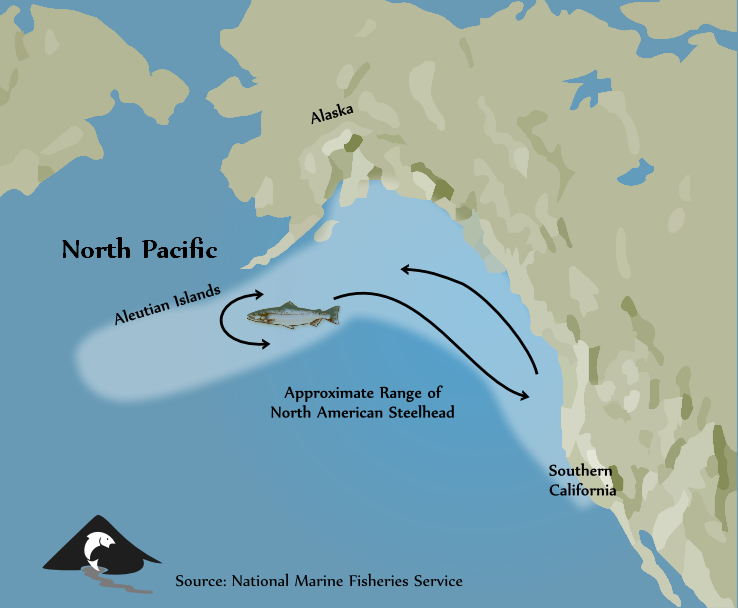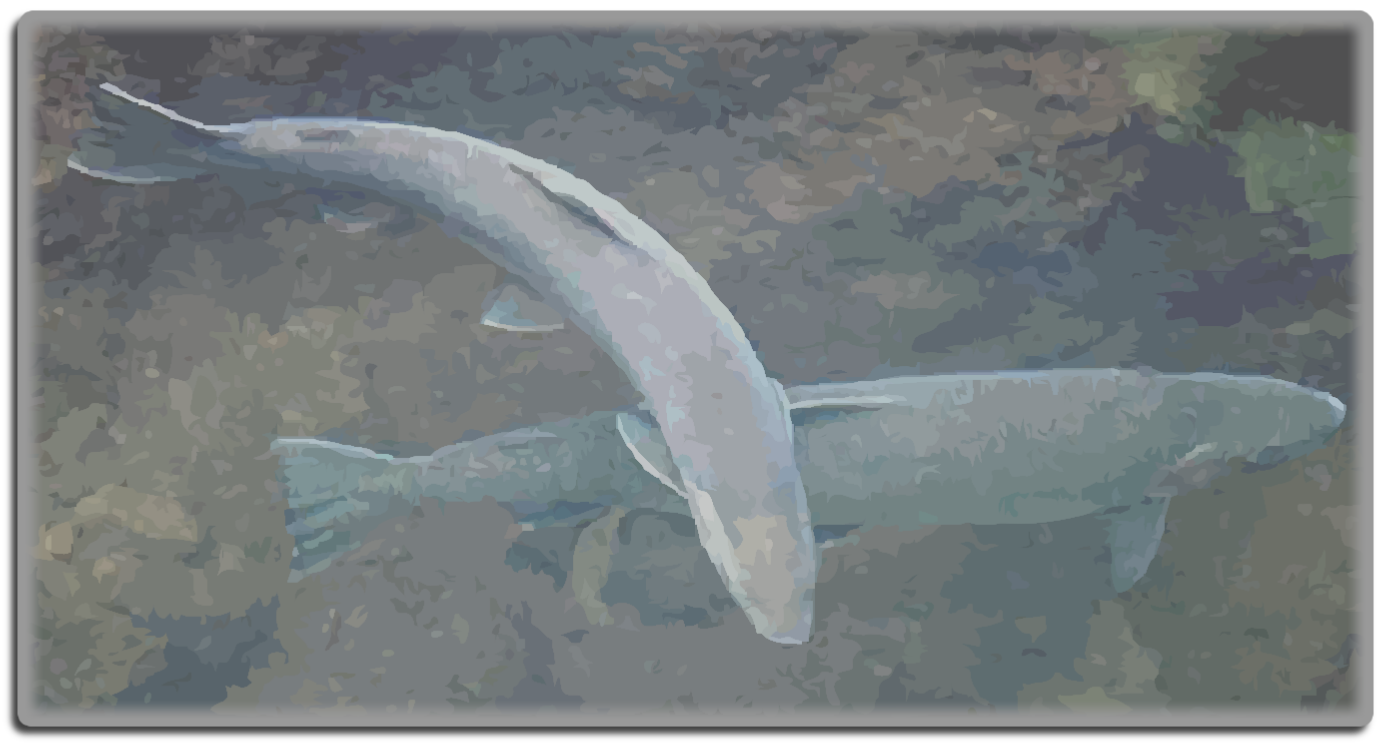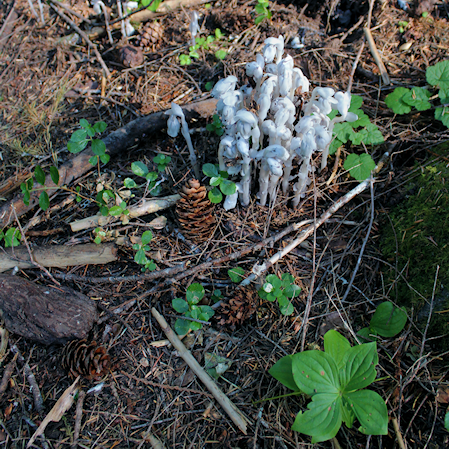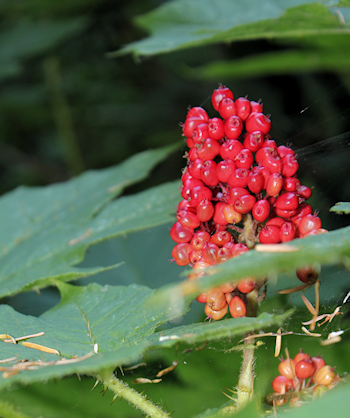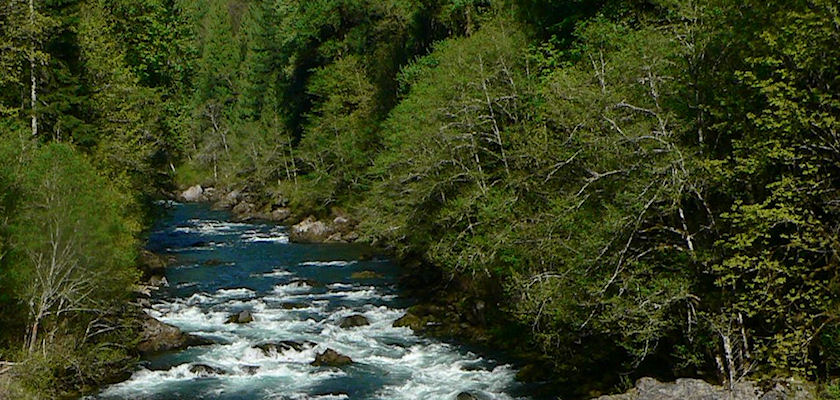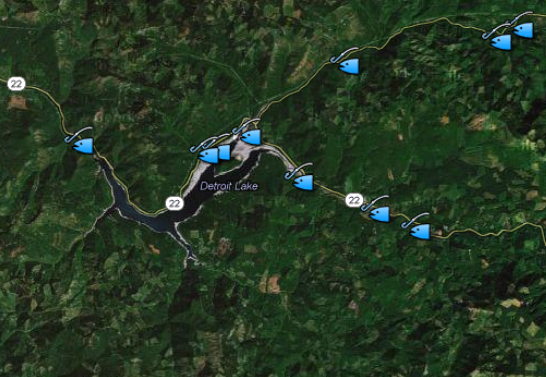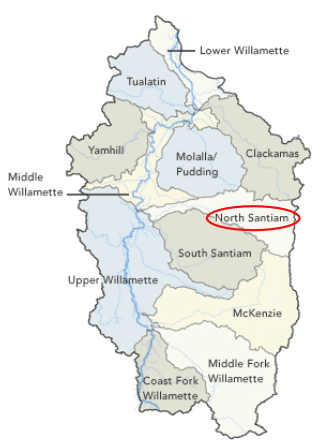Where Do You Find Steelhead in the Pacific Ocean?
Young winter steelhead fry, freshly hatched in the cold waters of the the North Santiam River, face a long and harrowing journey that takes them to the sea and back. In spring through early summer of their second year, steelhead smolts from the North Santiam River enter the sea and move directly offshore. Beyond that,…
Read more

